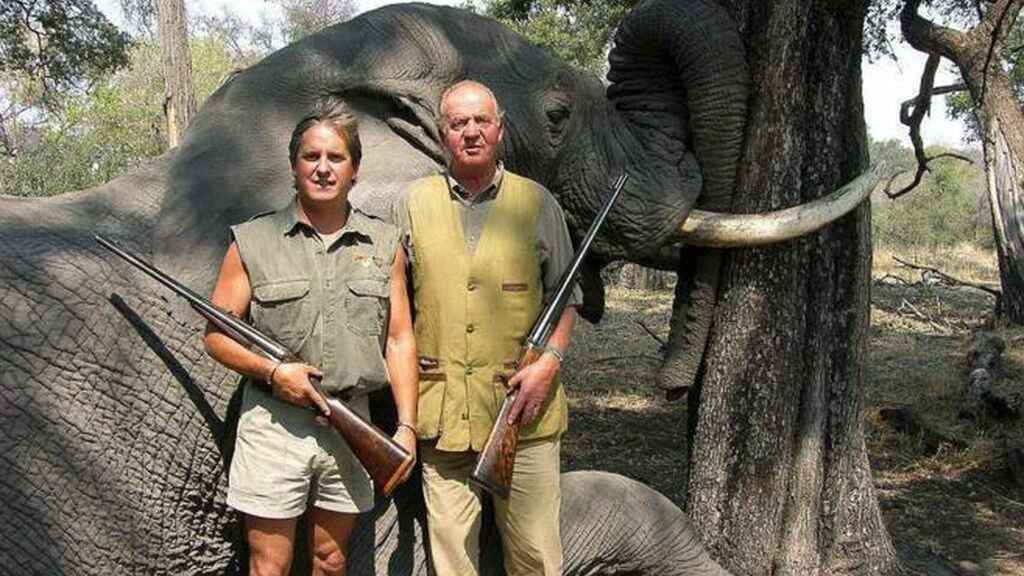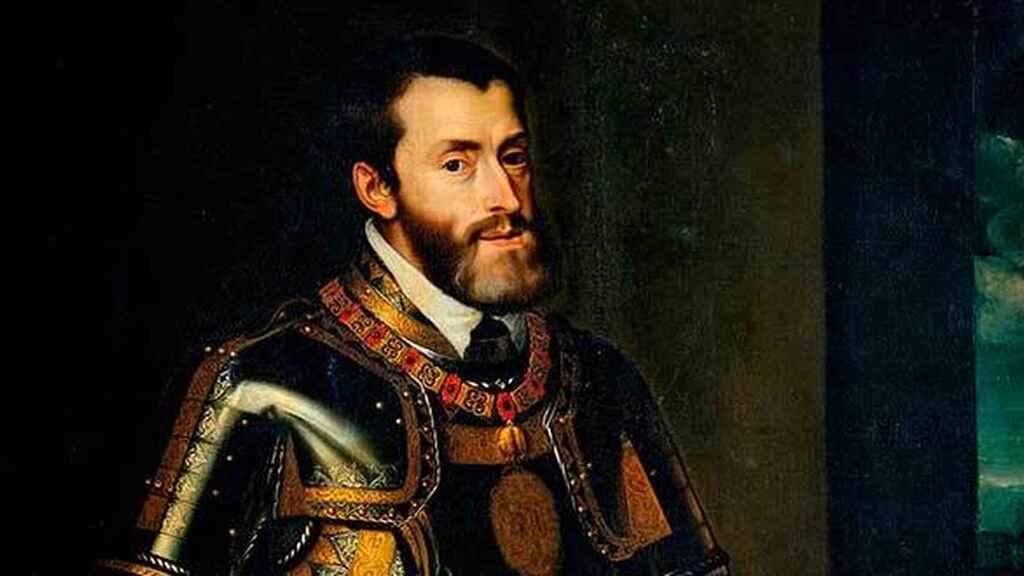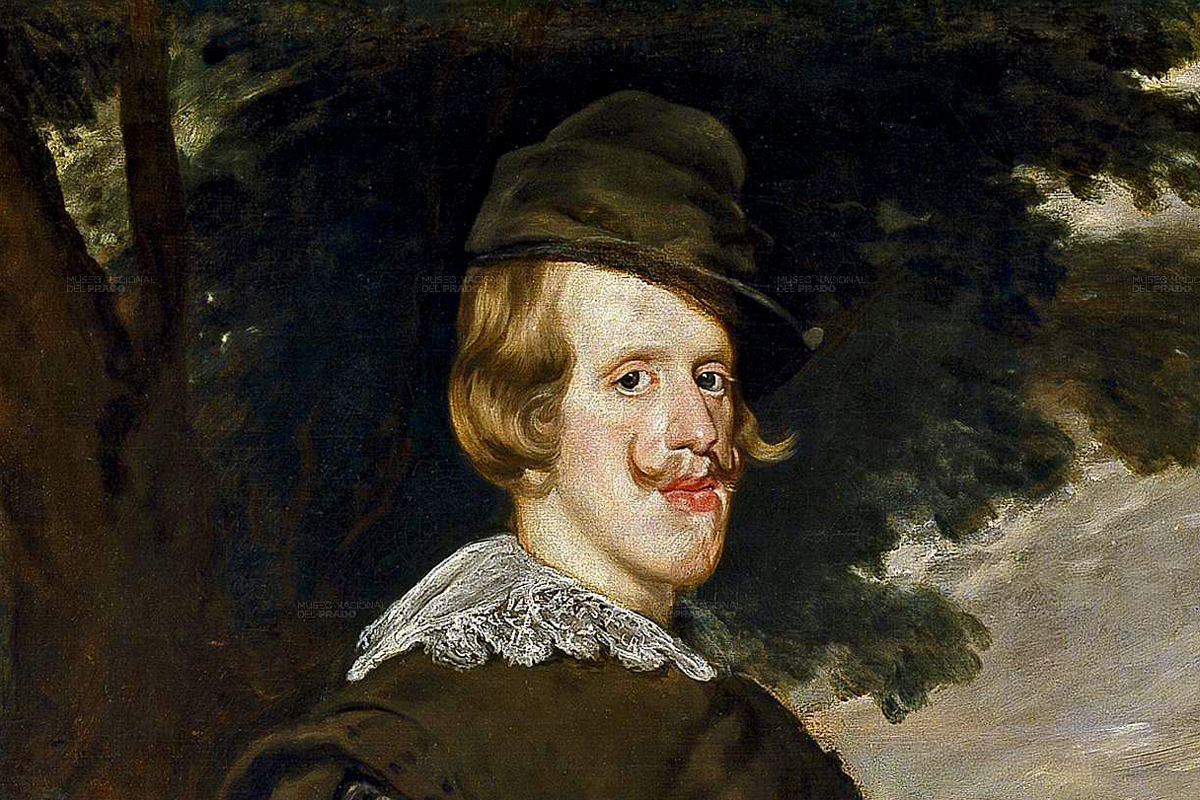Juan Carlos I said goodbye to the throne in 2014 hastily with the purpose of safeguarding the prestige of the Monarchy. There were only a few months left for him to celebrate 40 years as King of Spain, but he decided to abdicate to save the institution.

Until 2012, Juan Carlos I was on his way to being the longest-living king of Spain. But in April 2012, in the midst of the economic crisis, the country woke up to the news that Juan Carlos was flown into Spain on an emergency flight from Botswana after fracturing his hip during his stay in the African country, where he had travelled to participate in a hunt with his close friend Corinna Larsen.
The inopportune hunt, the continuous comments about his relationship with Corinna Larsen, as well as the wear and tear of the Nóos case, ended up convincing Juan Carlos I that it was time to plan his abdication, consummated after two years in 2014. His reign ended after 39 years and 7 months.
Despite remaining almost four decades at the head of the Crown, there have been five other Spanish kings who have remained on the throne longer:
1. Charles I. 40 years old (1516-1556)

King of Spain and Emperor of Germany. With him, the House of Habsburg was implanted in Spain. Son of Juana la Loca and Felipe el Hermoso de Castilla. During his reign, Spain experienced a period of maximum economic prosperity; the colonization and conquest of America opened many markets and the arrival of precious metals served as a boost to all economic activities, also facilitating the war campaigns of the emperor, but the constant rise in prices and the imperialist, anti-economic policy ended up ruining economic activities of Castile and initiated a decadence that would be felt at the end of the 16th century.
2. Philip II. 42 years (1556-1598)

Philip II of Habsburg was King of Spain from January 15 1556, until his death. He governed the vast empire made up of Castile, Aragon, Catalonia, Navarre, Valencia, Roussillon, Franche-Comté, the Netherlands, Sicily, Sardinia, Milan, Naples, Oran, Tunisia, Portugal and his Afro-Asian empire, all of the discovered America and the Philippines.
3. Philip IV. 44 years (1621-1665)

The reign of Felipe IV, who tried to have a reformist character, faced an economic recession, with four bankruptcies of the Royal Treasury (1627, 1647, 1656 and 1662). The aggressive foreign policy of his personal advisor, the Count-Duke of Olivares, in Europe sought to maintain Spanish hegemony on the continent, and for this purpose, no resources were spared against the two main conflicts: the United Provinces and France.
4. Alfonso XIII. 44 years (1886-1931)

Although he was king of Spain from his birth (1886), he did not take power until the age of 16, in 1902, with the country still under the effects of the recent defeat in the war against the United States and the consequent loss of the remains of the colonial empire (1898). His reign was marked by the support that Don Alfonso provided to General Primo de Rivera's coup d'état in 1923 and the dictatorship that he established, a decision that would make him lose the throne after a few years.
5. Felipe V. 45 years old (1700-1746)

King from 1700 (except for a brief period from January to August 1724). Founder of the Bourbon dynasty in Spain. The conflicts between the Habsburgs and the Bourbons, and the alignment of the former kingdoms of the Crown of Aragon in favour of the Austrians, triggered the War of the Spanish Succession. Once finalized by the treaties of Utrecht and Rastadt (1713) the Spanish monarchy lost the European territories in Italy and the Netherlands, although Philip kept the throne of Spain and Latin America.